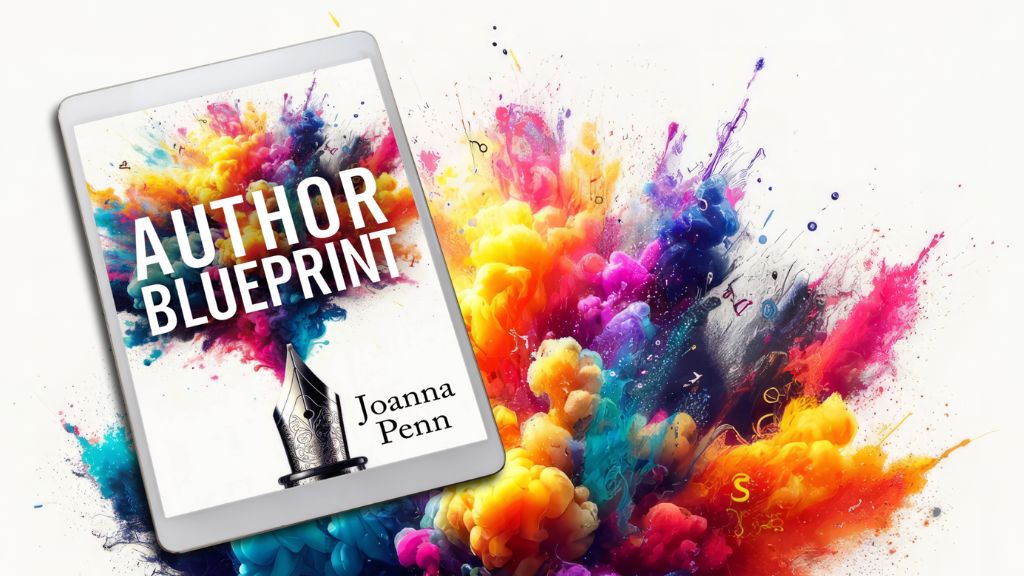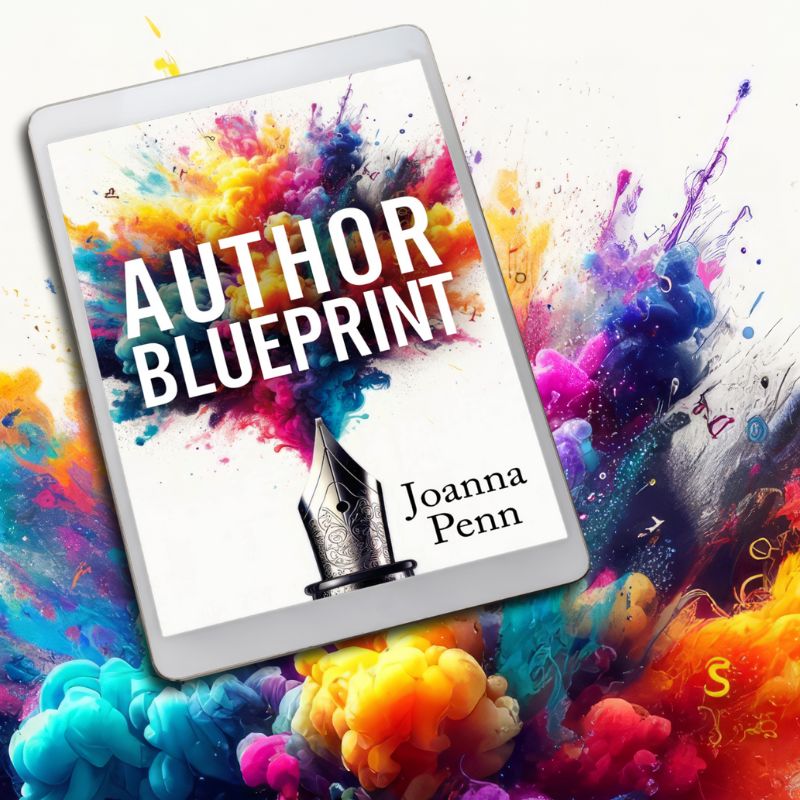OLD POST ALERT! This is an older post and although you might find some useful tips, any technical or publishing information is likely to be out of date. Please click on Start Here on the menu bar above to find links to my most useful articles, videos and podcast. Thanks and happy writing! – Joanna Penn
 This is a guest post from Jodi McIsaac Martens.
This is a guest post from Jodi McIsaac Martens.
I used to think I had no imagination. None whatsoever. I wanted to have imagination, of course, and I really, really enjoyed the fruits of other people’s imaginations, but I was quite convinced I had none myself. Not exactly the ideal trait in a novelist. This misapprehension persisted until after I had started working on this current novel. I was fairly confident in my basic writing ability (I’ve made a successful business out of writing, after all, so I couldn’t be completely horrible), but I was terrified that my book would be completely unreadable because I wouldn’t be able to think of anything interesting to happen in it.
And then I was introduced to the concept of 20 Bad Ideas.
It’s quite simple, really. The general premise is that it’s impossible to come up with 20 good ideas. But it’s equally impossible to come up with 20 bad ideas.
So let’s say you need an idea – either a big one like “what’s this story going to be about?” or a smaller one like “what should be the target of my terrorist/villain’s attack?” When trying to make these kinds of decisions or come up with new ideas, it can be far too easy to grab the low-hanging fruit – choosing whatever comes first to you or settling for an idea that is common to the point of cliché. Instead, try to come up with a list of 20 different options. They won’t all be good, but they won’t all be bad – and you’ll have pushed yourself and your imagination into coming up with some ideas that just might surprise you (and your readers!).
Suppose you’re writing a story about a character who can open portals between two locations, and you get to the point where you have to decide what this portal actually looks like and how it works. The first thing you think of is the portal device used in Stargate or Harry Potter or some other show you’ve seen or book you’ve read. You could just go with whatever pops first into your mind … OR, you could brainstorm 20 “bad” ideas, and come up with a list like this:
1. a physical doorway (with door)
2. a physical arch or hoop (no door, just a frame of sorts) – semi-opaque in doorway (can see through but not clearly)
3. no frame, just a shimmer in the air, like looking through a frosted window
4. a hole in the ground into which one steps/jumps (you can see the other place below)
5. a shimmery circle on the ground onto which one steps (a picture the other place is depicted in the circle)
6. spinning rings that you grab onto (when you grab on you are transported to the other world)
7. image of the other world/place appears in mid air; one walks into it
8. glowing ball of energy that one walks into
9. glowing ball of energy (with a picture of the place) that one grabs
10. a bridge appears over which one must cross – the other place is visible on the other side (but so is the ‘real’ world – it’s like one image superimposed on another)
11. a framed painting or photograph of the new place (one walks through it)
12. an object in/from the other place appears and one grabs it
13. waterfall
14. misty cloud thing
15. a web that one walks through
16. a puddle of water on the ground – the reflection in the water is that of the other place – step into the puddle and you are there
17. flames that one must walk through
18. a stone with runes on it appears on the ground
19. a small green hill appears, one walks straight into it
20. a beam of light into which one walks
I used this method over and over again while developing my story – to determine magical devices, how characters die, plot twists and even backstory. Sometimes it was easy to come up with 20 different ideas; most of the time it was agonizing. But every single time, the idea I ended up with after this exercise was WAY better than the one I started out with.
So if you find yourself stuck for a fresh idea or feeling generally uninspired, try brainstorming 20 bad ideas – you might be surprised at how much imagination you have!
 Jodi McIsaac Martens is a freelance copywriter and owner of Inkwood Communications. She blogs at www.jodimcisaacmartens.com and is currently putting the finishing touches on her first novel. And yes, it involves portals.
Jodi McIsaac Martens is a freelance copywriter and owner of Inkwood Communications. She blogs at www.jodimcisaacmartens.com and is currently putting the finishing touches on her first novel. And yes, it involves portals.
Image top: Flickr Creative Commons Sivinsjski


Leave a Reply